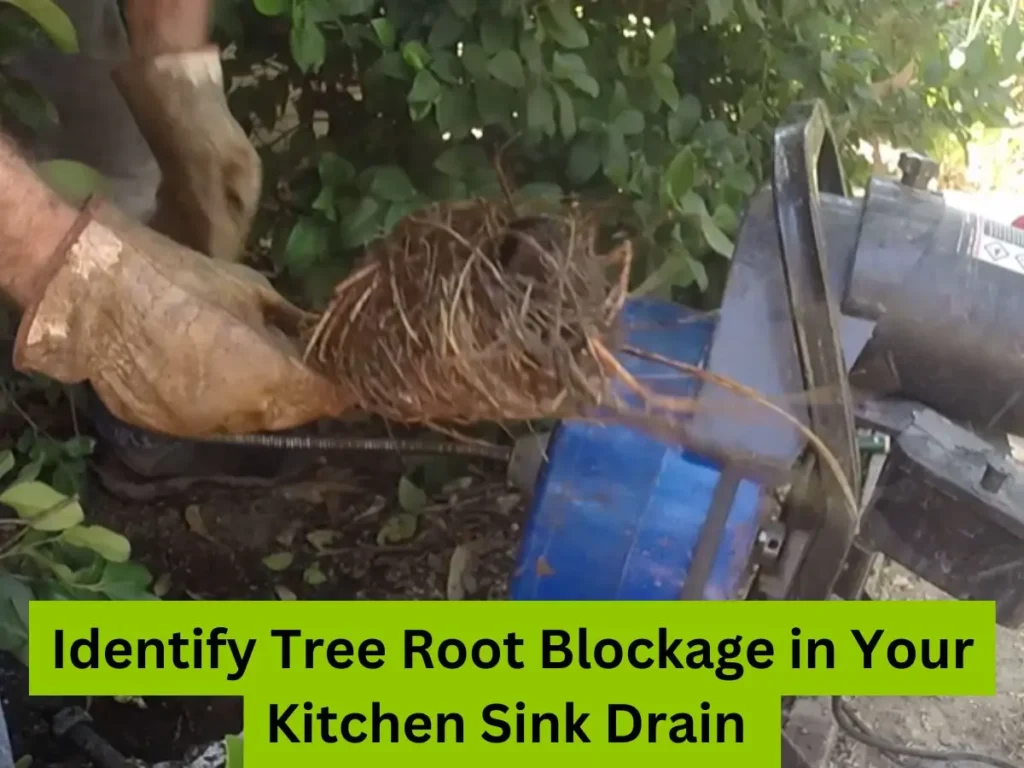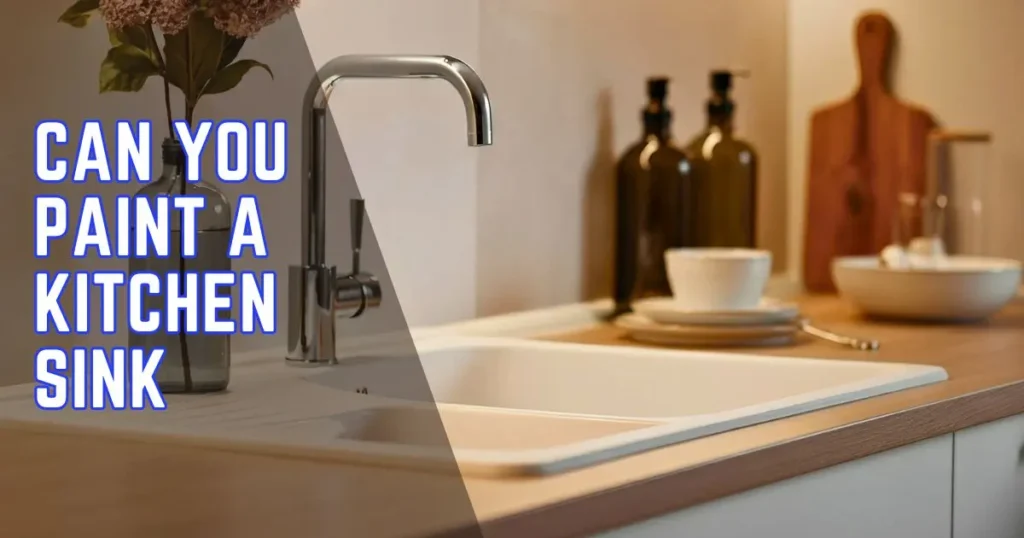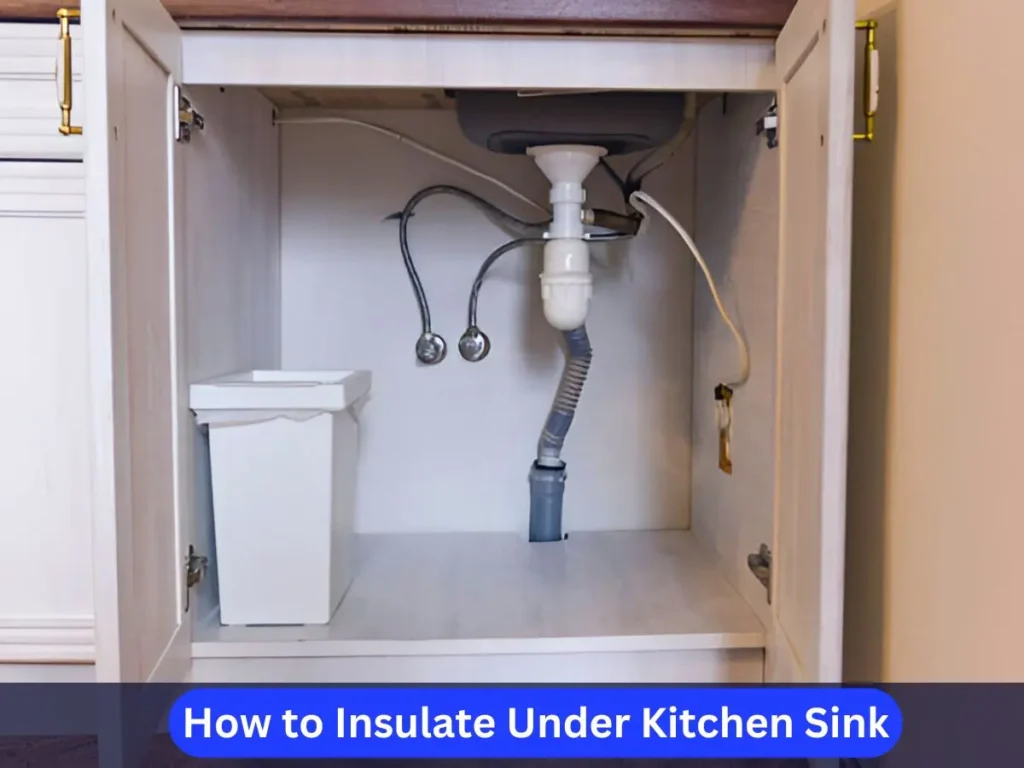How To Snake A Kitchen Sink Drain Roots Expert 10 Tricks
Table of Contents
Toggle
Snake a kitchen sink drain roots in plumbing can cause severe headaches for homeowners. Left untreated, they lead to frequent clogs, slow drains, and costly pipe damage. Snaking the drain is one of the most effective solutions for this issue.
This comprehensive guide is perfect for homeowners, gardeners, and DIY enthusiasts looking to identify, fix, and prevent tree root blockages in pipes. Discover practical tips for maintaining your plumbing system and keeping your drains clear for the long term. With these expert tips, optimize your home’s plumbing and avoid root-related problems.
Understanding Kitchen Sink Drain Roots Problems

Tree roots are naturally drawn to moisture and nutrients, which, unfortunately, makes plumbing pipes a prime target in many households.
As roots seek out water and essential nutrients, they can infiltrate small cracks or joints in pipes, leading to blockages or significant damage over time. Understanding the dynamics of tree root intrusions and their risks can help you take the proper steps to resolve and prevent future problems.
Regular maintenance, such as inspections and root barriers, can significantly reduce the likelihood of root-related plumbing issues. Additionally, choosing tree species with less aggressive root systems for your yard can be a proactive measure to protect your home’s plumbing infrastructure.
What Are Tree Roots and How Do They Affect Drains?
Tree roots in sewer lines and drain pipes can cause serious plumbing issues, leading to blockages and costly repairs. Roots are naturally drawn to water and nutrients, making them a common problem for homeowners.
They can penetrate tiny cracks or pipe joints, expanding and multiplying to form dense networks that block water flow. Over time, these root invasions can damage pipes, causing clogs and increasing water pressure. Regular maintenance and inspection are essential to prevent tree roots from causing plumbing damage. Protect your plumbing system by addressing tree root invasions early to avoid expensive repairs.
The Risks of Tree Root Intrusions in Plumbing
- Tree Root Clogs and Blockages: Tree roots can create dense masses obstructing water flow in your plumbing system.
- Pipe Damage from Tree Roots: Extensive root growth can damage pipes, leading to cracks or collapses.
- Preventing Wastewater Backup: When roots block pipes, wastewater can return to your kitchen, creating unsanitary conditions.
- Avoid Costly Pipe Repairs: Ignoring tree root problems can lead to expensive plumbing repairs or total pipe replacements.
Why Do Tree Roots Invade Kitchen Sink Drain Roots?

The Role of Moisture in Attracting Roots
Pipes often experience leaks at weak points joints or due to age, corrosion, or poor installation. These leaks create moisture that seeps into the soil, attracting tree roots that seek water and nutrients. As these roots grow toward the leaking pipes, they can enter through small cracks, causing major plumbing problems like blockages and damage. Addressing plumbing leaks quickly is crucial to avoid root infiltration and costly repairs. Understanding these common plumbing issues helps maintain a healthy home plumbing system.
How Roots Find Their Way Into Pipes
Tree roots can infiltrate sewer pipes through tiny cracks or gaps, especially in older or damaged pipes, as they search for moisture and nutrients. As these roots grow, they exert pressure on the pipe walls, enlarging the gaps and worsening the situation.
This root intrusion can lead to bigger openings, causing blocked drains, sewer backups, and even broken pipes. Such issues can decrease water flow and require costly plumbing repairs. Understanding how tree roots affect your sewer system is vital for preventing plumbing problems and maintaining a healthy drainage system.
Types of Pipes Most Affected by Roots
Older sewer lines, often constructed from materials like clay or concrete, tend to be more vulnerable to root penetration than modern PVC pipes. Clay and concrete pipes typically have more joints, which can become weak points where roots infiltrate.
These older materials are also more prone to cracking, providing further opportunities for roots to intrude. In contrast, PVC pipes are designed with fewer joints. They are made from durable materials that offer superior resistance to cracks and root intrusion, making them a more reliable choice for long-term sewer line integrity.
How to Identify Tree Root Blockage in Your Kitchen Sink Drain

A tree root blockage often causes distinctive symptoms in your plumbing, which can help you recognize the problem before it escalates. You might notice slow draining in sinks and tubs, gurgling sounds in the pipes, or even unexplained water backups.
These signs indicate that tree roots have infiltrated your sewer lines, potentially leading to significant damage if not addressed promptly. Being aware of these early warning signs allows you to take action, such as calling a professional plumber, before the situation worsens and results in costly repairs.
Common Symptoms of Root Clogs
- Slow Drainage: Water takes unusually long to drain from your sink.
- Gurgling Sounds: Unusual noises emerge as air struggles to escape the blockage.
- Foul Odors: Decaying organic matter caught by roots creates an unpleasant smell.
- Recurring Clogs: Even after clearing clogs, the drain backs up.
- Lush Vegetation Near the Drain Line: Abnormally vibrant growth near your drain pipes could indicate a root intrusion.
Confirming Root Blockage: DIY vs. Professional Methods
Are you experiencing slow drainage or recurring clogs in your plumbing system? These could be signs of root blockages, but they’re not always definitive. A professional sewer camera inspection is the best way to identify any plumbing issues’ exact cause and location for an accurate diagnosis.
For those confident in their DIY plumbing skills, you can start by checking the P-trap, the U-shaped pipe under your sink where debris often builds up. You might find visible blockages or other plumbing problems by manually inspecting the pipes. Remember to use a bucket to catch any water during this process.
Tools and Materials Needed to Snake a Kitchen Sink Drain Roots

Gathering the correct tools ensures the process of drain snaking goes smoothly.
Essential Tools
- Plumbing Snake (Manual or Motorized)
- Drain Cleaner (Optional for residue buildup)
- Standard Tools like pliers, wrenches, and protective gloves
Specialized Tools for Root Problems
- Root Cutting Attachments for snakes to break through thicker obstructions
- Hydro-jetting equipment for high-pressure removal of debris and roots
Step-by-Step Guide: How to Snake a Kitchen Sink Drain with Tree Roots

Preparation: Safety Measures and Equipment Check
- Safety Gear for Plumbing: Always wear protective gloves, safety goggles, and old clothes when working with plumbing tools. This helps protect against hazardous materials and accidental spills, keeping your everyday attire safe.
- Inspect Your Plumbing Snake: Ensure it’s in good condition before using a plumbing snake. Check for wear and damage and make sure it’s securely attached. This prevents accidents and ensures your drain cleaning process goes smoothly.
Step 1: Remove the P-Trap
Place a sturdy bucket under the sink to catch water or debris and fix a clogged sink. Use a wrench to carefully loosen and remove the P-trap, holding the pipes steady to prevent damage. Check the P-trap for common clogs like hair, food particles, or soap scum. Remove any blockages to ensure proper drainage. Regular maintenance of the P-trap can help prevent plumbing issues and keep your sink draining smoothly.
Step 2: Access the Drainpipe
First, identify the best entry point for using a plumbing snake to unclog your sink effectively. Look for the drain line nearest to your sink, as this is often where clogs occur. This spot offers a convenient location to insert the drain snake. Make sure you have ample space to maneuver the plumbing snake easily and clear the area of any obstructions for smooth access.
Step 3: Snaking the Drain
Manual Snakes
- To use a manual snake, insert it into the drain and rotate the handle clockwise while gently pushing it forward. This action allows the snake to navigate the pipe and reach the blockage.
- Once you feel resistance, carefully continue rotating and pushing to break through the obstruction. After clearing the blockage, retrieve the snake slowly to avoid any additional damage to the pipe.
Motorized Snakes
- Motorized snakes are more powerful and effective for severe blockages, especially those involving root intrusions. Power the device on and attach any necessary root-cutting attachments to tackle thick blockages more efficiently.
- Always follow the manufacturer’s safety instructions carefully when operating a motorized snake, as improper use can damage plumbing or cause injury. Before starting, ensure you wear appropriate protective gear and are familiar with the equipment’s operation.
Step 4: Cleaning and Clearing the Pipe
To effectively clear a blocked pipe, it’s crucial to flush it thoroughly after dislodging the blockage. Start by running hot water through the pipe for a few minutes to dissolve any leftover debris and push it down the drain.
This step is essential for effective pipe cleaning and to ensure smooth drainage. Use a mild drain cleaner to tackle any stubborn particles and confirm the pipe is clean and free-flowing. Regular pipe maintenance like this prevents future clogs and keeps your plumbing system in top condition.
Step 5: Reassemble and Test the Drain
Start by aligning the joints and hand-tightening the slip nuts to reconnect the P-trap under your sink. Once everything is in place, test the system by gradually running water through the sink. Observe the water flow to ensure it drains smoothly and without any blockages.
Check for leaks by feeling around the connections and looking for drips. If there are no signs of moisture and the sink drains effectively, your P-trap installation is complete.
Preventing Future Root Intrusions in Drain Pipes

How to Create Barriers Against Roots
Consider using physical root barriers to prevent root intrusion in vulnerable areas. Often made from durable materials like plastic or metal, these barriers redirect roots away from sensitive zones.
Another option is applying chemical root treatments such as copper sulfate, which inhibits root growth by being absorbed by the roots and stopping them from spreading. Both root barrier methods help protect foundations, pipes, and other structures from damage caused by invasive roots. You can safeguard your property against root-related damages using these root control solutions.
Steps to Minimize Moisture Around Drainage Areas
Inspect pipes regularly for signs of leaks, such as damp spots or unusual odors, and repair them promptly to prevent root infiltration, which can lead to blockages and costly damage. Regular maintenance can prevent significant problems and ensure your plumbing system remains efficient.
Tree and Plant Placement
When planning landscaping projects, planting trees far from sewer lines is essential to prevent root intrusion, which can cause costly damages and blockages. Additionally, selecting non-invasive tree species is crucial to maintaining the health of your garden and local ecosystem, as invasive species can outcompete native plants and disrupt balance. Consider consulting with a local arborist or landscape expert to choose the best tree species that complement your environment without posing a risk to underground utilities.
Routine Drain Maintenance
Schedule periodic inspections to ensure your plumbing remains in optimal condition and prevent potential issues. Additionally, enzyme drain cleaners should be used regularly to break down minor organic residues such as grease, hair, and food particles. This helps maintain transparent and efficient drainage and extends the lifespan of your plumbing system by reducing the risk of clogs and buildups.
Alternative Methods to Clear Root Blockages in Drain Pipes

Chemical Drain Cleaners
These can soften root intrusions, allowing easier removal, but they should be used sparingly. Overuse can lead to pipe damage, as the chemicals may weaken the pipe material over time and cause leaks or other structural issues. It’s essential to follow the manufacturer’s guidelines carefully and consider the age and condition of your plumbing system before application.
Hydro-Jetting
A robust solution that employs high-pressure water jets to effectively clear even the most stubborn root obstructions in pipes and drains. This method removes root intrusions and helps clean the pipes’ interior surfaces, ensuring optimal flow and reducing the risk of future blockages. Ideal for maintaining both residential and commercial plumbing systems, this technique leaves your pipes in excellent condition.
Repairing or Replacing Damaged Lines
Consider trenchless technologies like pipe relining to reduce disruption for severe pipe damage. This innovative method repairs pipes without extensive digging, preserving your landscape and shortening repair time. Pipe relining involves inserting a resin-coated liner into the damaged pipe. Once it hardens, it forms a new, durable pipe within the old one, restoring function and strength with minimal impact on your property. Trenchless pipe repair is a cost-effective and efficient solution for maintaining your plumbing system.
Troubleshooting: What If Snaking Doesn’t Work?

What to Do If Snaking Fails
If your pipes are still clogged, consider more authoritarian solutions like hydro-jetting, which uses high-pressure water to clear stubborn pipe blockages. You can also hire professional plumbing services specializing in removing tough clogs and ensuring your plumbing system runs smoothly. These methods effectively tackle persistent drain blockages and restore your drainage system to its best condition.
Signs That You Need Professional Help
Are you experiencing persistent clogs even after using traditional methods like plunging or drain cleaners? This could indicate a deeper problem in your plumbing system. Look out for visible pipe damage or leaks, such as cracks, corrosion, or water seepage, which can lead to more significant plumbing issues if not fixed quickly. Addressing these plumbing problems promptly can prevent costly repairs down the line.
Costs and When to Call a Professional
Hiring a professional plumber can save you time and money compared to DIY plumbing solutions. Professional plumbers have the skills and tools to quickly identify and fix plumbing problems, which can prevent further damage and costly repairs.
They offer expert advice on plumbing maintenance to help avoid expensive plumbing emergencies. Investing in a licensed plumber ensures the job is done right the first time, giving you peace of mind that your home plumbing is in expert hands. Whether you need plumbing repair, installation, or maintenance, hiring a qualified plumber is a smart choice for long-term savings and reliability.
Conclusion
Effective kitchen sink drain roots maintenance and troubleshooting methods are crucial in preventing root intrusion and other plumbing issues. By taking proactive steps like regular inspection, proper plant placement, and using root barriers, you can minimize moisture around drainage areas and protect your property from costly damages.
In case of persistent clogs or pipe damage, professional plumbers offer efficient solutions that save time and money in the long run. You can maintain a healthy plumbing system for years with the proper preventative measures and prompt action when needed. Proper drainage maintenance is essential for your home’s plumbing system and wallet. So please take the necessary steps to keep it in top shape!
Frequently Asked Questions (FAQs)
A plumber’s snake is a flexible tool designed to dislodge blockages from pipes. It works by manually breaking up or pulling out obstructions.
Related Posts
-
 14 Dec 2024 RemodelThe Ultimate Guide to a Raised Bathroom on a Concrete Slab
14 Dec 2024 RemodelThe Ultimate Guide to a Raised Bathroom on a Concrete Slab -
 01 Dec 2024 SinkCan You Paint a Kitchen Sink? Unlimited Tips
01 Dec 2024 SinkCan You Paint a Kitchen Sink? Unlimited Tips -
 30 Nov 2024 SinkHow to Clean Granite Composite Kitchen Sink: Expert Tips
30 Nov 2024 SinkHow to Clean Granite Composite Kitchen Sink: Expert Tips -
 29 Nov 2024 SinkHow To Snake A Kitchen Sink Drain Roots Expert 10 Tricks
29 Nov 2024 SinkHow To Snake A Kitchen Sink Drain Roots Expert 10 Tricks -
 28 Nov 2024 SinkHow to Insulate Under Kitchen Sink Expert's 10 Tricks
28 Nov 2024 SinkHow to Insulate Under Kitchen Sink Expert's 10 Tricks -
 27 Nov 2024 SinkCan a Toilet and Sink Share the Same Drain? Unlimited Answer
27 Nov 2024 SinkCan a Toilet and Sink Share the Same Drain? Unlimited Answer -
 26 Nov 2024 SinkCan You Replace a Kitchen Sink Without Replacing the Countertop
26 Nov 2024 SinkCan You Replace a Kitchen Sink Without Replacing the Countertop -
 24 Nov 2024 SinkWhy Does My Bathroom Sink Smell Like Sewer? Causes & Fixes
24 Nov 2024 SinkWhy Does My Bathroom Sink Smell Like Sewer? Causes & Fixes -
 15 Nov 2024 Sink8 Tips For Apartment Kitchen Sink Backup
15 Nov 2024 Sink8 Tips For Apartment Kitchen Sink Backup -
 13 Nov 2024 SinkExpert 10 Tips: Why is my bathroom sink leaking underneath?
13 Nov 2024 SinkExpert 10 Tips: Why is my bathroom sink leaking underneath?














